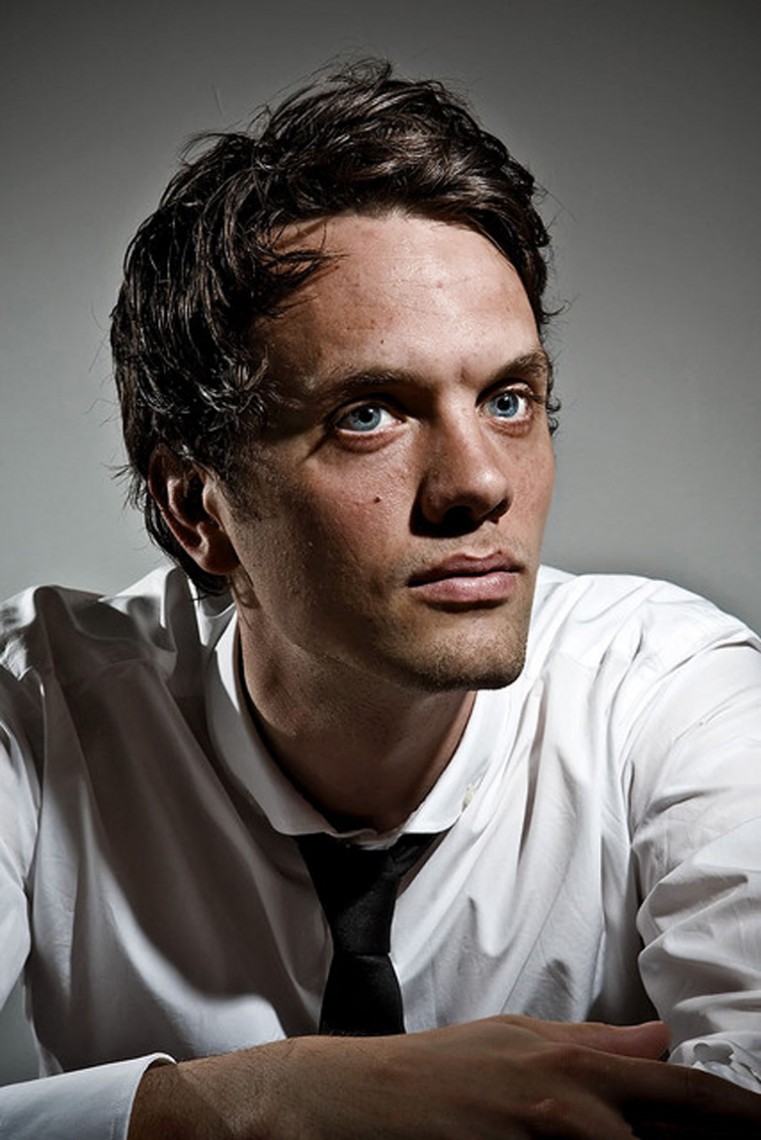
Esprit Orchestra, Bow to String, Air to Breath, Koerner Hall. Sunday, Jan. 24.
The symphony orchestra can be an intimidating organization. Since its début in 19th century Europe, the ensemble has been the diplomat of classical music, the postcard of the genre and the shiniest apple on the tree. It’s the concert that you would bring a foreign diplomat to (if you wanted to show off a little bit), and a guaranteed experience of great musicians dealing maximum amounts of musical expression to a maximum of audience members. The payoff is all there.
After the dawn of the 20th century, however, many composers and orchestras struggled to stay on good terms as experiments in ever-increasing musical complexity turned orchestra managers off of new pieces. In addition, the recording industry awoke, and there was an enormous demand to explore old orchestral repertoire – indeed, many orchestras became dedicated to the music of the past, and fiery young composers turned their backs on them altogether because of it.
Suddenly, the ethos of the orchestra – a large body of members working together in harmony and unity to create something beautiful – was something to be feared and avoided. Composers, like Penderecki and Varèse, began experimenting with disorganized masses of sound, specialized seating arrangements and new, cacophonic instruments like the siren and ratchet. After all, the ensemble that deals maximum amounts of expression is equally capable of dealing maximum amounts of delicious, unorganized chaos!
In many ways, the creative problems that plagued composers around the turn of the 20th century continue to challenge the composers of today: how does one maintain musical coherence without the inner framework of tonality? How will writing this piece challenge myself and say something new or important? Is it even necessary to say something new and important? The problem of the post-tonal crisis remains, but maybe the best solution is to embrace the problem as it is.
Enter Esprit Orchestra on January 24th in Koerner Hall, where a varied programme of music in by Samuel Andreyev, Daníel Bjarnason, Alexina Louie and R. Murray Schafer demonstrated how wide and multi-faceted these creative executions have become in 2016.
Andreyev’s commissioned piece, Movements and Measures, brings attention to an extensive 20th musical development- rhythm. In this context, Andreyev layers several deliberately hiccup-y uneven musical pulses which were orchestrated diversely over the course of the piece. As the piece clambered along, a textual sparseness dominated and concertmaster Stephen Sitarski plays a plaintive, cycling melodic fragment. Perhaps a lament for unity and evenness?
Daníel Bjarnason has become the it boy in the contemporary classical world, primarily through his active collaboration with intellectual pop groups like Sigur Rós. Bjarnason’s willingness to ignore genre classification and to enthusiastically embrace the influence from pop music is what gives his music a creative edge. In Bow to String for solo cello and chamber orchestra, Bjarnason’s past collaborations become evident, such as in the first movement, “Sorrow Conquers Happiness”, as a series of somber chords cycle slowly underneath a sheen of ferocious orchestral energy, provided by Esprit Orchestra and guest solo cellist Bryan Cheng. The next two movements were slow dirges, with slowly swelling chordal patterns invoking a terra incognita between film music and the grim beauty of Icelandic post-rock.
Alexina Louie’s solution – as it has been for most of her creative career – is to blend influence of Asian and Western classical music, a harmonious relationship due to the emphasis on timbre and density in Asian music. Louie’s 2004 Imaginary Opera was actually a suite of dramatic tableaus for chamber ensemble, combining loud martial gestures from Chinese opera and bursts of complex textures and long chromatic string lines from Western contemporary classical music.
The final piece on the concert, R. Murray Schafer’s The Falcon’s Trumpet for trumpet and orchestra, was simultaneously the most traditional and most adventurous piece on the programme- most of the adventure coming from the specialized placement of the orchestra. Winds and strings were scattered in small groups around the audience while a core group of strings, horns and trumpet soloist Robert Venables remained on stage. The creative purpose of this arrangement was to capture a moment that Schafer experienced while developing his music-drama, And Wolf Shall Inherit the Moon in northern Ontario: Schafer had heard the sound of trumpeter, Stuart Laughton, playing his trumpet at a desolate wilderness lake, and had been fascinated by the sound reverberating across the expanse. In the piece, the stereophonic effects provided by the side-choruses of winds and strings created shimmering “after-images” to soloist Robert Venables’ fanfares. The piece, though occasionally atmospheric, was effectively a trumpet concerto and remained rooted in an earnest, Copland-esque style: a positive affirmation of nature and creativity.
Esprit Orchestra’s next concert, La création du monde, takes place March 31st and features music by Darius Milhaud, Hussein Janmohamed, Douglas Schmidt and Alex Pauk. Details here.
#LUDWIGVAN
Want more updates on Toronto-centric classical music news and review before anyone else finds out? Get our exclusive newsletter here and follow us on Facebook for all the latest.
- PREVIEW | U of T Faculty of Music Brings Salvatore Sciarrino to Toronto - January 27, 2017
- PREVIEW | The Music Gallery Gears Up For The Viking Of 6th Avenue - November 25, 2016
- SCRUTINY | Esprit Orchestra Salutes The Legacy Of R. Murray Schafer - October 28, 2016



